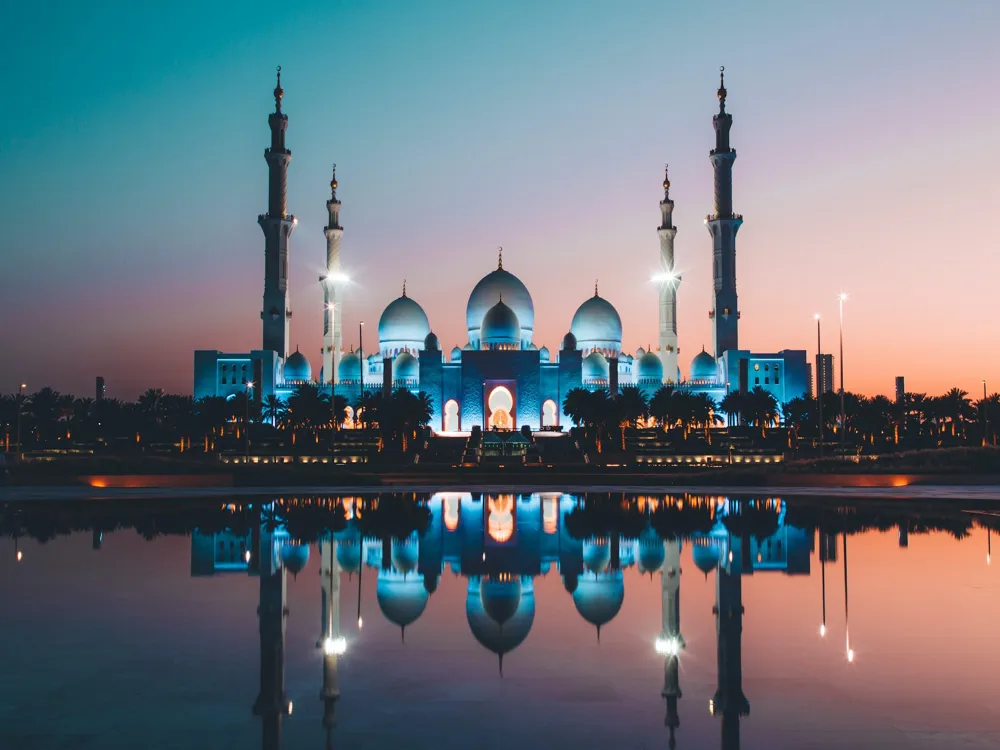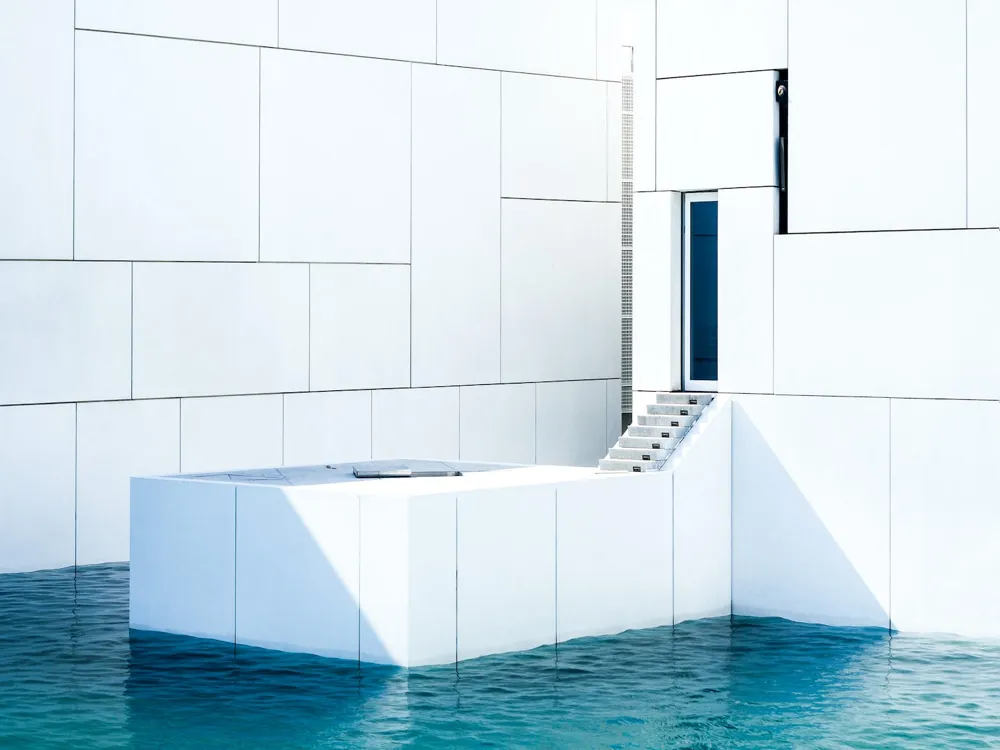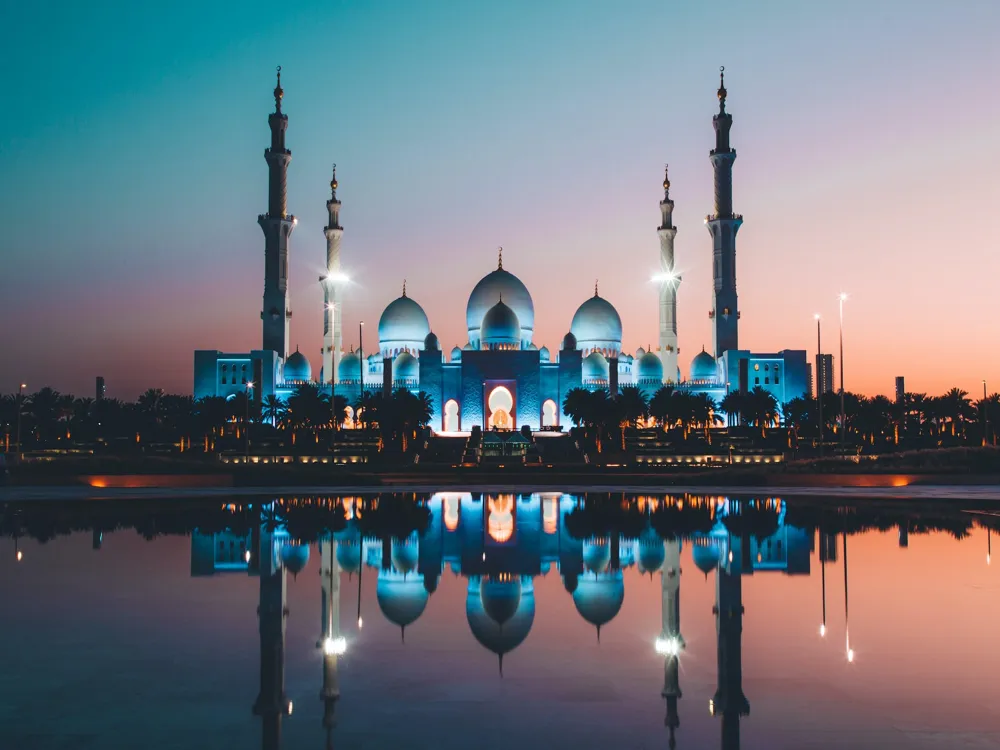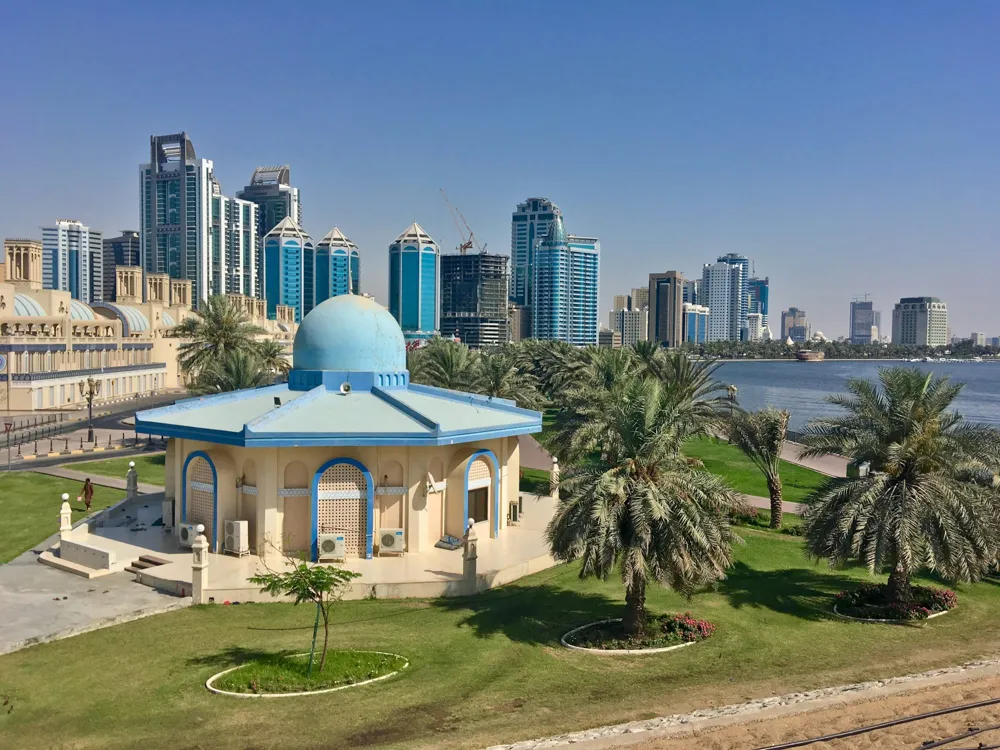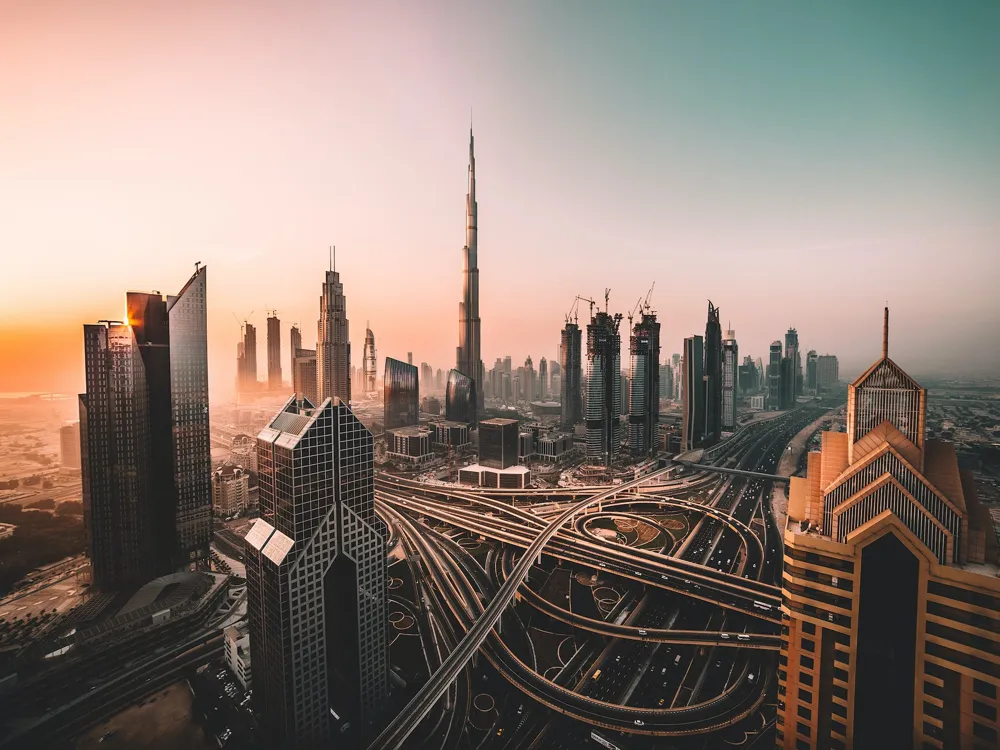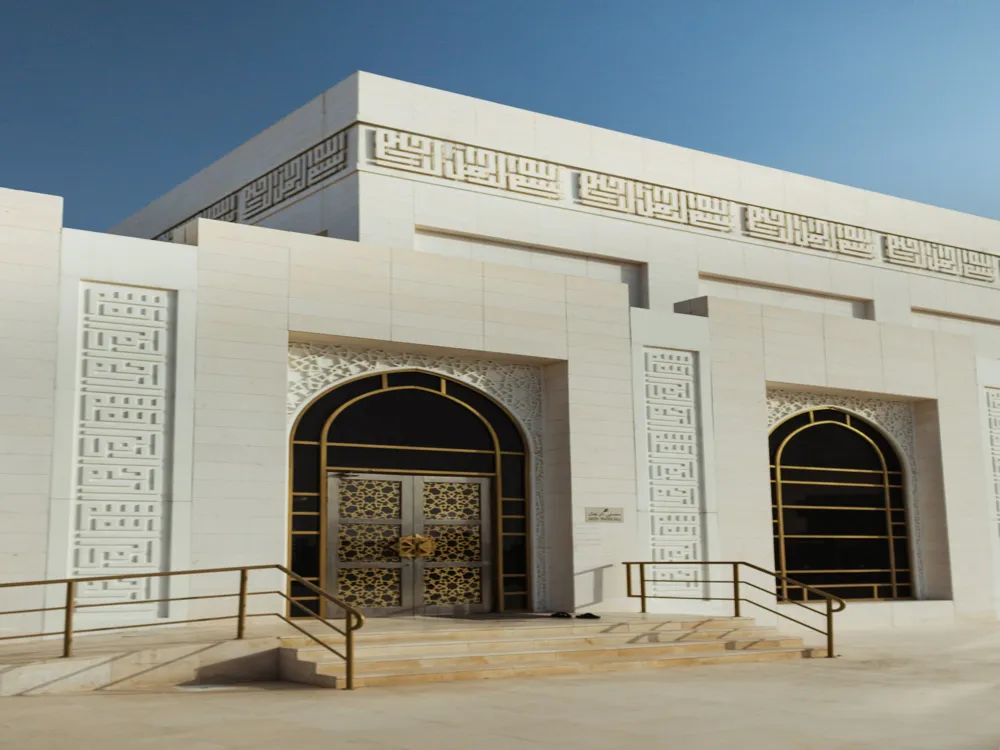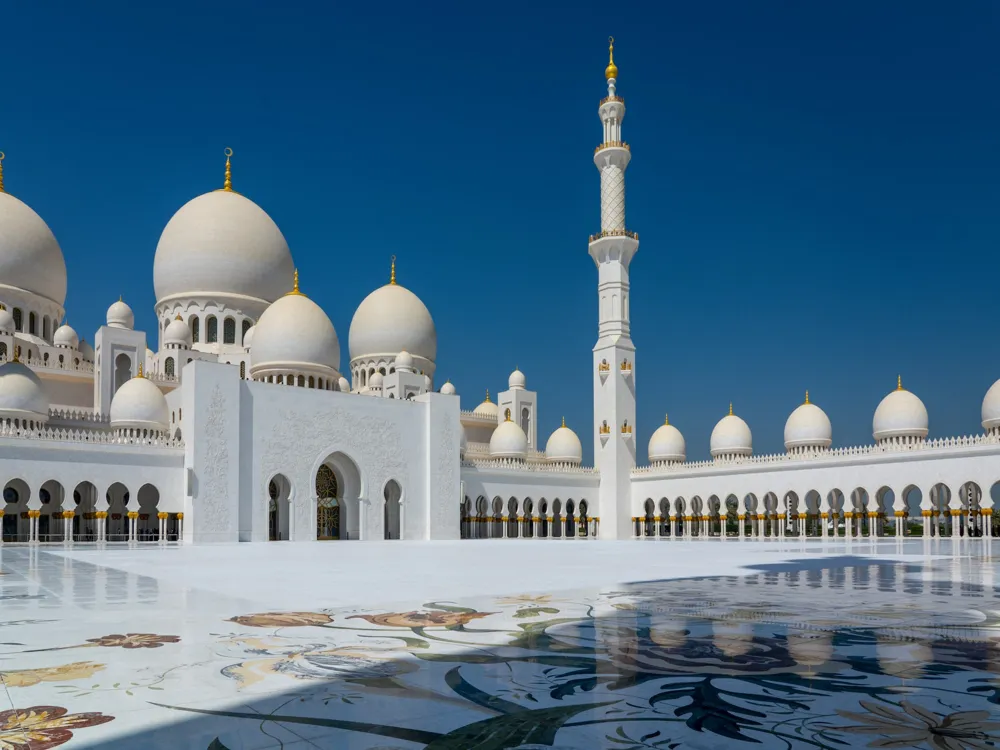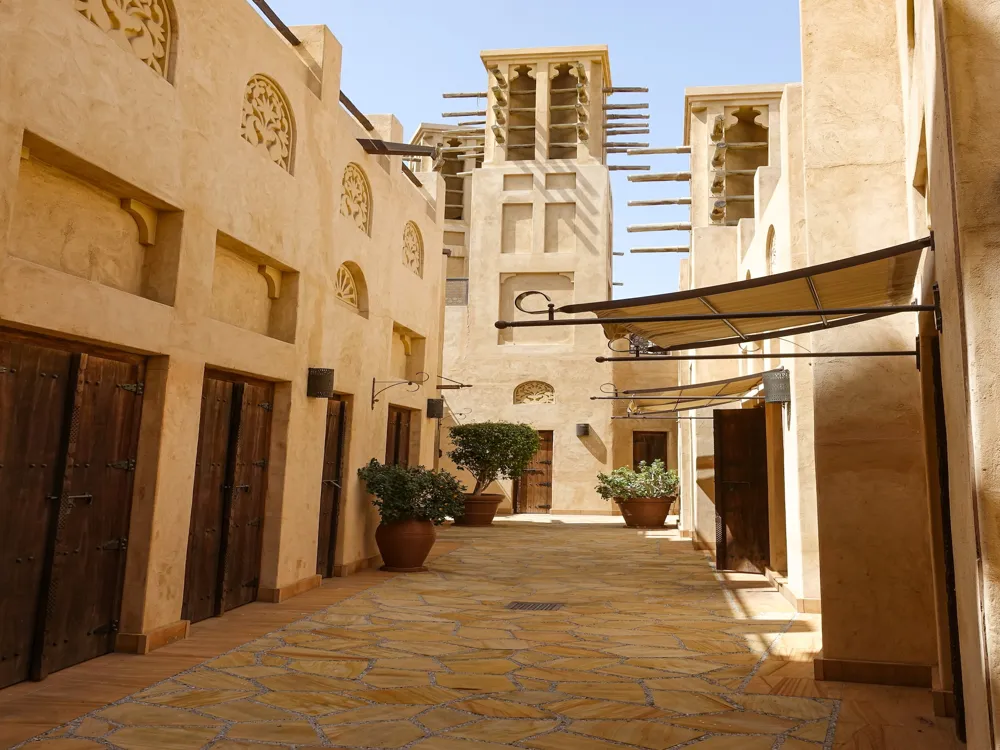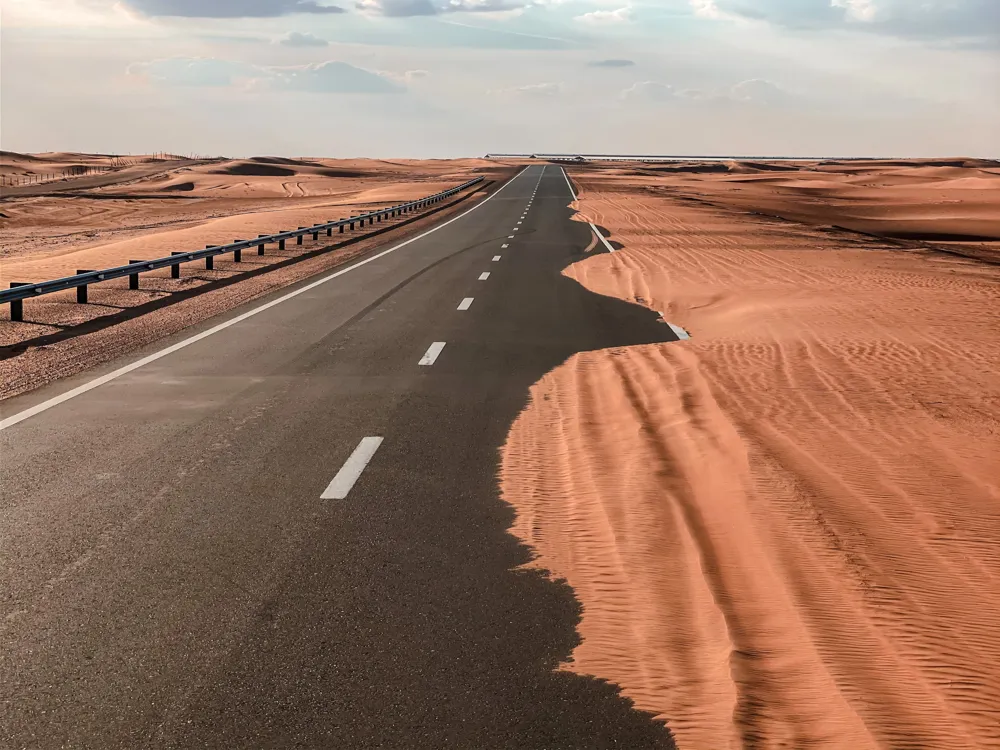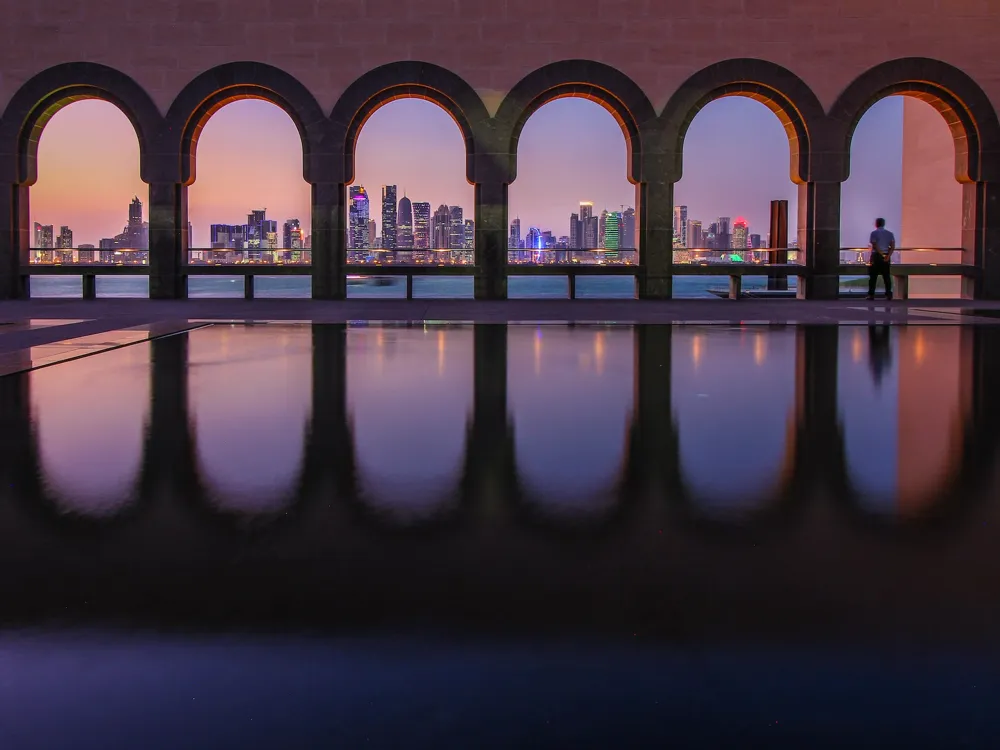Verify the opening times, exhibition schedule, and any scheduled activities at Qasr Al Muwaiji before you visit. By scheduling your visit during off-peak hours, you can make the most of your time and take your time exploring the site. Be respectful of the culture by wearing modest clothing. It is advised to wear long-sleeved, lightweight clothing to respect cultural customs and shield the sun. If you want to learn more about the history and architecture of the fort, think about taking a guided tour. Well-informed tour guides can offer unique facts and tales not seen in brochures. You may take pictures, but be aware of cultural sensitivities. Do not take pictures of locals without their consent, and abide by any restrictions on photography in such places. It may get very hot and dry at times, especially in the summer. Bring water with you so you can keep hydrated while you're there. Read More:Overview of Qasr Al Muwaiji, Abu Dhabi
The history of Qasr Al Muwaiji dates back to the early 20th century, serving as a fortress and domestic for the Al Nahyan family. Its authentic centrality is opened up as the origin of His Height Sheik Khalifa container Zayed Al Nahyan, the President of the UAE. Over a long time, Qasr Al Muwaiji has experienced different stages of rebuilding, each carefully protecting its unique pith while presenting advanced components to oblige guests from around the world.
Visiting Qasr Al Muwaiji is like taking a step back in time. The royal residence complex consists of a few key structures, including the most important royal residence, a mosque, and a fortification. These buildings are not only fair structural deeds but also serve as a door to understanding the region's past. The royal residence has been transformed into a gallery that displays artifacts, photos, and intelligent displays, providing insight into the Al Nahyan family's history and the region's transformation over the years.
The fort's structure, basically made of mud brick and nearby materials, stands as a confirmation of the resourcefulness of early leave engineering. The central patio, encompassed by tall dividers, provides security and protection for the inhabitants. The vital positioning of the post permitted for reconnaissance over the encompassing desert spring, playing a significant part in the neighborhood community's life. The mosque inside the compound includes an otherworldly measurement of its location, reflecting the deep-rooted Islamic culture of the region.
Today, Qasr Al Muwaiji serves not only as a chronicled location but also as a social center. It routinely has presentations, social occasions, and instructive programs, drawing visitors and researchers fascinated by the UAE's wealthy legacy. Its conservation and introduction as a historical center highlight Abu Dhabi's commitment to shielding its social legacy for future eras.The architecture of Qasr Al Muwaiji
The fort's format is typical of conventional Emirati engineering, including a central yard encompassed by tall dividers for security. The rooms and living quarters are strategically positioned around the yard, guaranteeing a stream of common light and ventilation, which is significant within the unforgiving leave climate. The dividers, thick and made of mud brick, provide cover, keeping the area cool during the day and warm during the night.
One of the foremost striking highlights of Qasr Al Muwaiji is the watchtower, which stands as an image of quality and observation. The tower, built utilizing conventional strategies, offers an all-encompassing view of the encompassing desert garden and scene. The perplexing plans and designs on the entryways and windows are not only enriching components but also serve utilitarian purposes, such as permitting wind current and decreasing daylight penetration.
The mosque inside the complex is a fine illustration of Islamic engineering with its straightforward yet exquisite plan. The supplication lobby, decorated with curves and columns, creates a peaceful climate conducive to admiration. The use of characteristic light and moderate plan standards within the mosque complements the general architectural theme of the fort.
The rebuilding endeavors at Qasr Al Muwaiji are a confirmation of Abu Dhabi's devotion to protecting its legacy. Present-day procedures have been utilized to fortify the structure's integrity while guaranteeing that the initial building substance remains intaglio. The integration of modern civilizations has made the fortification open to a more extensive audience, allowing guests to encounter the authentic location without compromising its genuineness.Tips When Visiting Qasr Al Muwaiji
Plan Your Visit
Dress Appropriately
Guided Tours
Photography
Stay Hydrated
How to Reach Qasr Al Muwaiji
Qasr Al Muwaiji
Abu Dhabi
₹ 23,000 onwards
View abu-dhabi Packages
Weather :
Tags : Forts & Palaces
Entry Fee : Free
Timings : 9:00 AM – 4:00 PM (Saturday to Thursday)
2:00 PM – 4:30 PM ( Friday)
It is closed on Mondays.
Planning a Trip? Ask Your Question
Abu-dhabi Travel Packages
View All Packages For Abu-dhabi
Top Hotel Collections for Abu-dhabi

Private Pool

Luxury Hotels

5-Star Hotels

Pet Friendly
Top Hotels Near Abu-dhabi
Other Top Ranking Places In Abu-dhabi
View All Places To Visit In abu-dhabi
View abu-dhabi Packages
Weather :
Tags : Forts & Palaces
Entry Fee : Free
Timings : 9:00 AM – 4:00 PM (Saturday to Thursday)
2:00 PM – 4:30 PM ( Friday)
It is closed on Mondays.
Planning a Trip? Ask Your Question
Qasr Al Muwaiji, a symbol of legacy and building wonder, stands gladly within the heart of Al Ain, Abu Dhabi. This authentic structure isn't, as it were, a confirmation of the region's hereditary design but, moreover, a guide to the joined-together Middle Eastern Emirates' social personality. The Qasr, which deciphers to 'palace' in Arabic, has been a fundamental portion of Abu Dhabi's history, seeing the advancement of the Emirate from a leave scene to a bustling metropolis.
The design of Qasr Al Muwaiji may be an exceptional mix of conventional forsake development methods and present-day rebuilding hones. The structure's plan reflects the resourcefulness of early Emirati modelers, who aced the craftsmanship of building in a challenging forsake environment. The utilization of locally sourced materials such as mud brick, palm wood, and stone may be a highlight of the fort's engineering fashion, exhibiting maintainability for some time, but recently they got to be a worldwide trend.
Qasr Al Muwaiji is found in Al Ain, a city within the Emirate of Abu Dhabi. The location is effortlessly accessible by different modes of transportation. On the off chance that you're traveling from Abu Dhabi or Dubai, you'll reach Al Ain by car, transport, or taxi. Traveling by car from Abu Dhabi takes roughly 1.5 hours, and from Dubai, it's approximately 2 hours. Open buses also run routinely between these cities and Al Ain. Once in Al Ain, nearby taxis can take you specifically to Qasr Al Muwaiji. For international visitors, the closest air terminal is the Al Ain Worldwide Airplane Terminal, from where you'll be able to contract a taxi to reach the post.
Abu-dhabi Travel Packages
View All Packages For Abu-dhabi
Top Hotel Collections for Abu-dhabi

Private Pool

Luxury Hotels

5-Star Hotels

Pet Friendly





